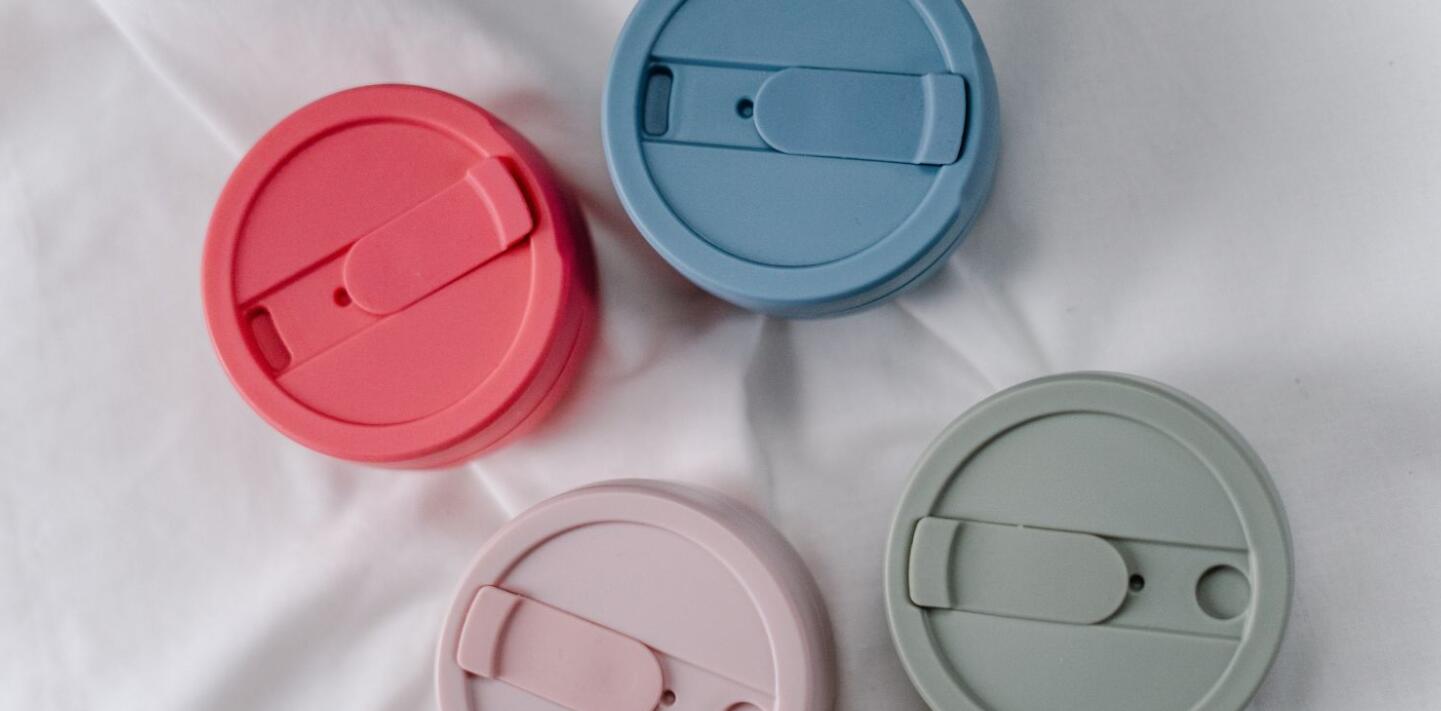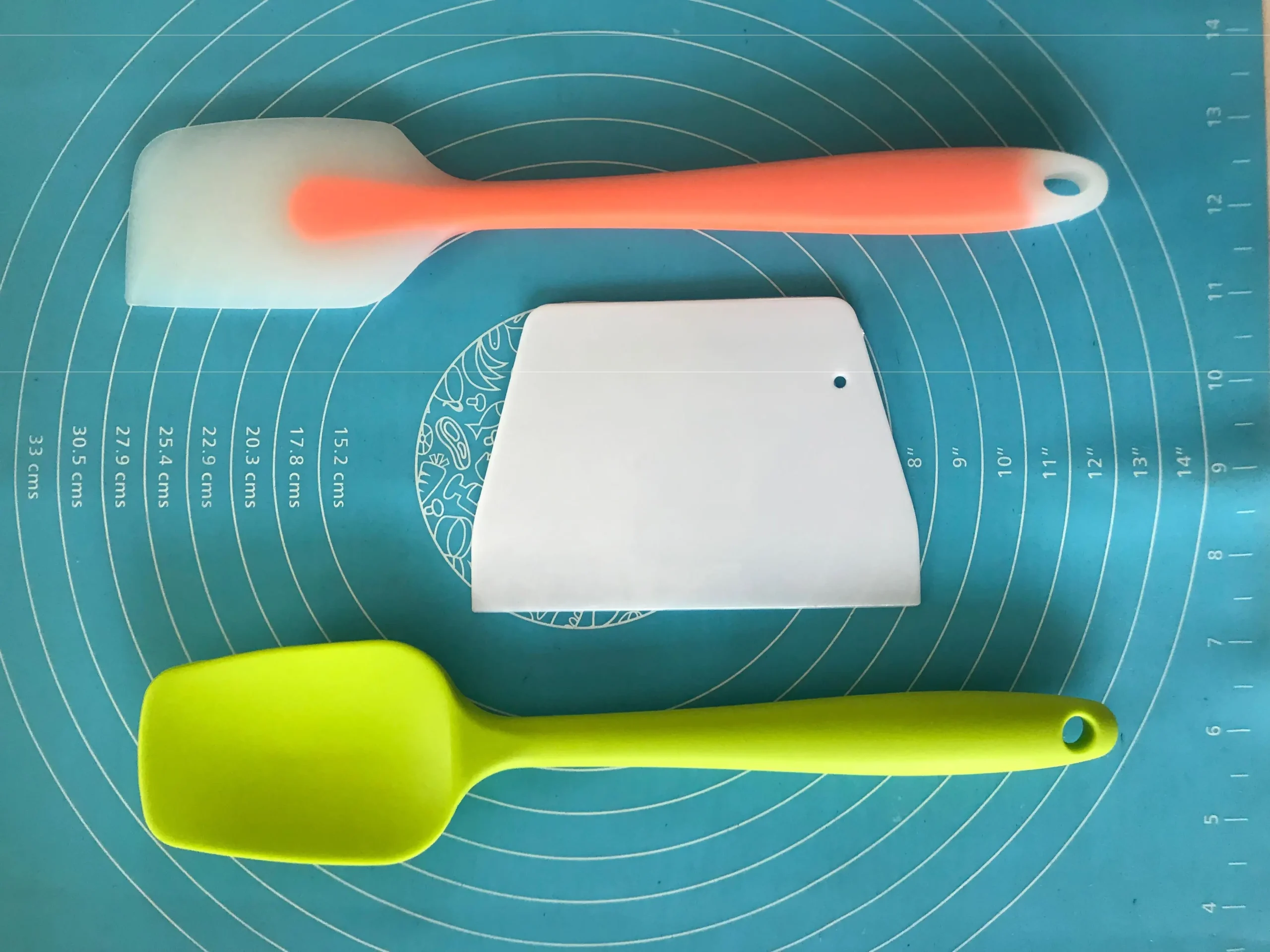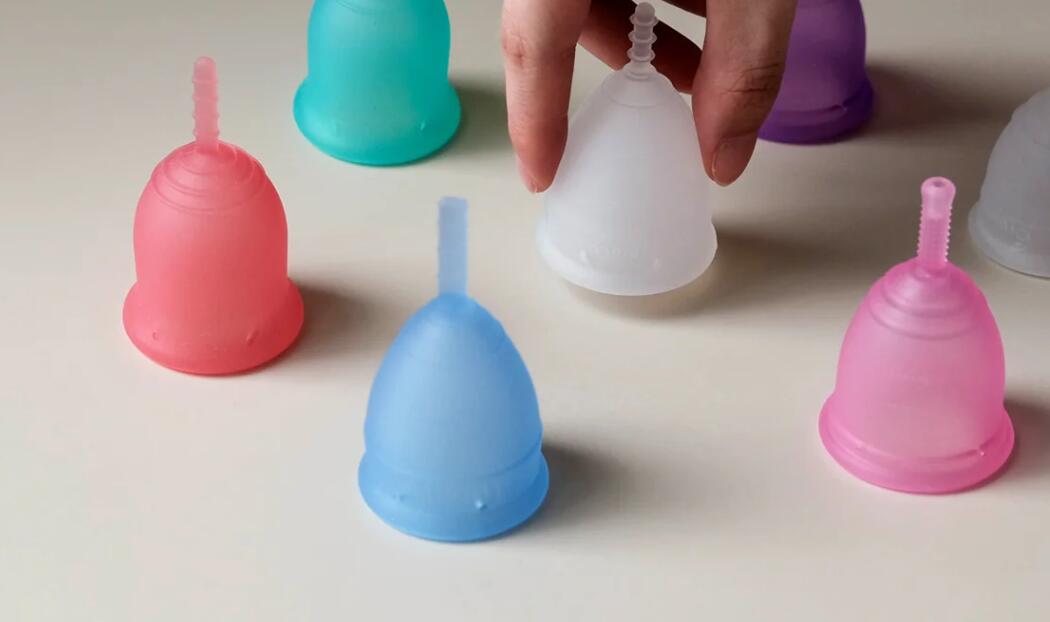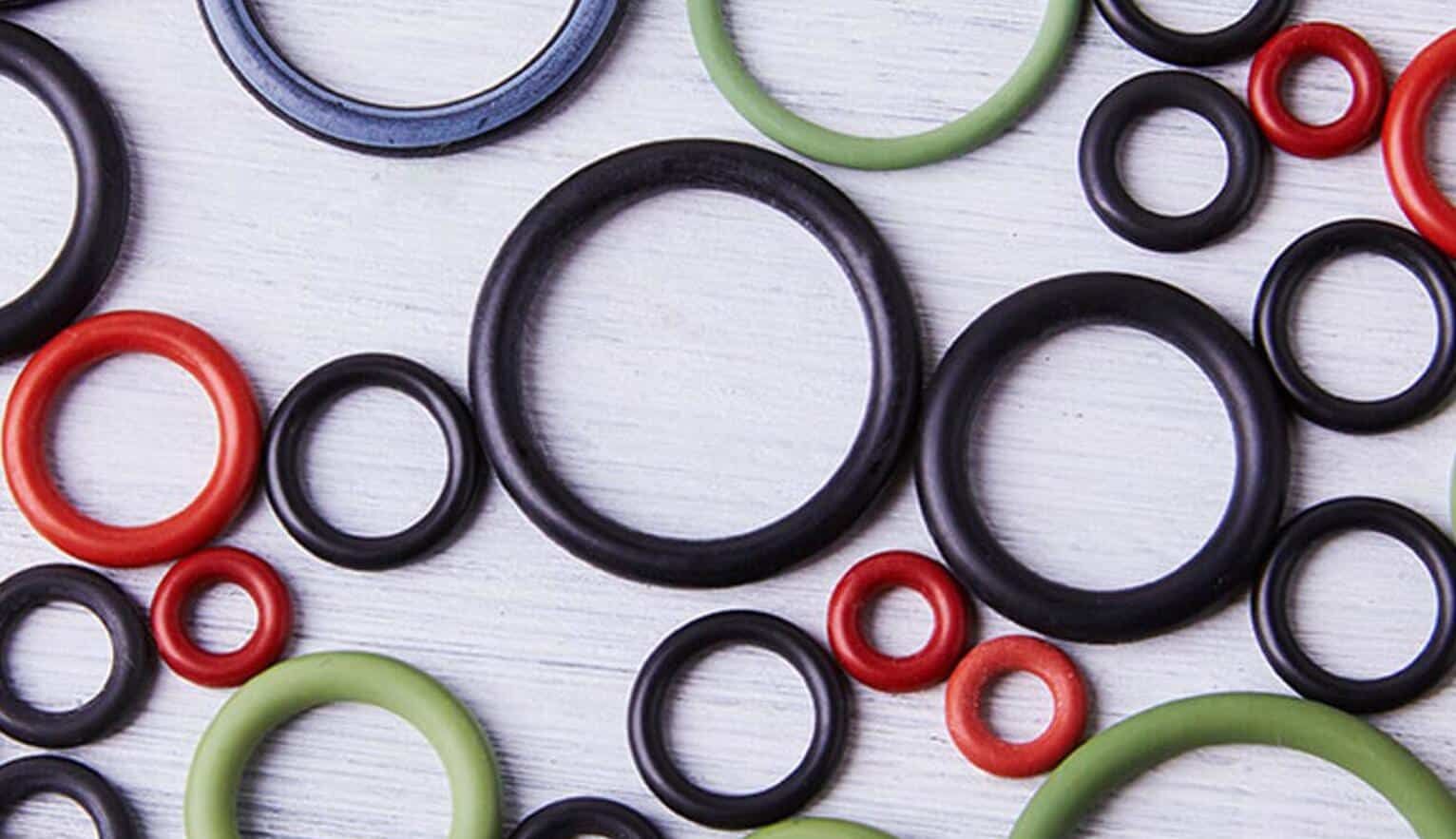Choosing the Right Material For Your Applications: RTV, HCR, or LSR
In industries like automotive, aerospace, and medical, the demand for products that excel in performance, withstand harsh conditions, and adhere to strict tolerances is non-negotiable. This is where silicone rubber steps in. Silicone rubber offers flexibility in low temperatures, heat resistance, and remarkable aging properties. It’s easy to process and maintains mechanical integrity across a wide temperature range.
When it comes to silicone rubber, there are three main types to consider: Room-Temperature-Vulcanizing Silicone (RTV), High-Consistency Silicone Rubber (HCR), and Liquid Silicone Rubber (LSR). Selecting the right material hinges on your production scale and the manufacturing method employed.
This article breaks down the advantages of each silicone rubber type, including their properties, applications, and tips for choosing the best fit for your project.

Understanding RTV
RTV, or room-temperature-vulcanizing silicone, cures at room temperature to form highly elastic silicone rubber. It comes in two variants: one-component (RTV-1) and two-component (RTV-2) systems.
RTV-1 is a one-component system that cures when exposed to atmospheric moisture. Ideal for sealing, bonding, and coating applications, RTV-1 offers versatility through various technologies tailored to different applications.
RTV-2 are two-part pourable/mixable materials that start curing shortly after mixing at room temperature. Some can be accelerated with heat if needed. They are excellent for mold-making, appliances, healthcare, lighting, and electronics. Both RTV-1 and RTV-2 boast a shelf life of up to 12 months at room temperature.
Exploring HCR
High-Consistency Silicone Rubber (HCR), also known as solid silicone rubber, cures at high temperatures using organic peroxides or a platinum catalyst. With long polymer chains and exceptional mechanical properties, HCR finds applications in:
Automotive
Aerospace
Electrical transmission and distribution
Wire and cable
Food processing
Molded rubber goods
HCR excels in temperature and aging resistance and can be processed using conventional methods like extrusion, calendering, compression, and injection molding.
Delving into LSR
Liquid Silicone Rubber (LSR) is a thermoset rubber available as a two-part, colorless, translucent paste. Once cured, its chemical and physical properties remain unaltered, providing resilience over a broad range of conditions. LSR’s lower viscosity compared to HCR makes it suitable for applications in automotive, electronics, healthcare, and more.
LSR’s injection molding produces consistent parts, and its ability to replicate intricate shapes is unmatched. It’s an ideal choice for high-volume production with tight tolerances, as it offers cost-efficient automated manufacturing.
Choosing the Right Fit
RTV, HCR, and LSR share performance advantages. The choice comes down to your production volume. RTV and HCR are suitable for smaller runs, while LSR shines in high-volume manufacturing and applications with tight tolerances. Many companies begin with RTV for prototyping and initial production, transitioning to HCR or LSR as demand grows.
If you need assistance in selecting the ideal material for your project, our experts can guide you. We offer a full line of Wacker silicone elastomers to meet your unique requirements.



